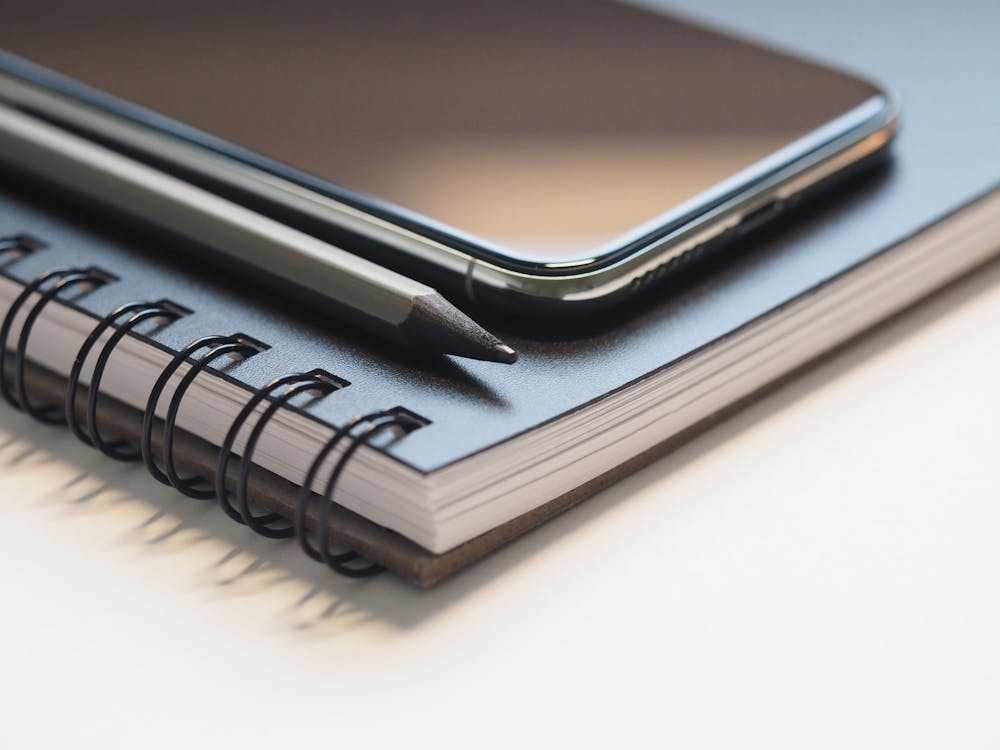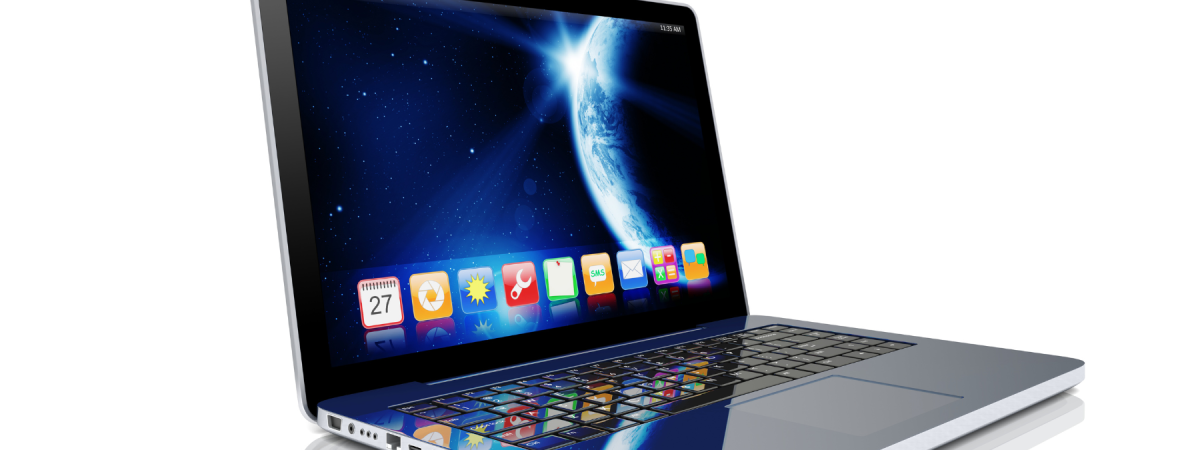
Addressing Size Inclusivity in Uniforms and Linens
Operating your business in a way that supports size inclusivity can be a crucial factor in achieving a positive team culture, attracting prospective employees, and in displaying one of your core values to customers and community members. Not to mention the plus-size industry is set to become a billion-dollar industry in the coming years. Seemingly small details like towels or staff uniforms can be small but effective ways to implement inclusive options into your business.
Back to basics for your customers.
It is common practice for businesses to experiment with ways to attract new clientele. When it comes to hotel chains for example, this often means more extravagant options, leaving things like the simple bath towel falling to the wayside. Towels have been a sore spot for some time when it comes to size inclusivity. How often have you been back in your accommodations after a long day, enjoying a nice warm shower, only to be met with what feels like a scratchy dishcloth to dry off with? If you’ve experienced this, you’re not alone. That scenario has become such a common occurrence that we have even seen a number of small businesses sprout up in recent years to provide solutions to this very problem. Let this be an example of how taking note of and implementing small changes for your customers can make a large impact in your business.
Staff morale counts too!
Your customers are not the only demographic crucial to the success of your business; an inclusive workplace for your staff can be a determining factor as well.
According to a survey done by McKinsey & Company in 2020, “39% of respondents said that they have turned down or decided not to pursue a job because of a perceived lack of inclusion at an organization.” While size-inclusive workwear has been improving in recent years, there is still much work to be done! Knowing you work for an inclusive company can make all the difference in personal confidence and in overall team culture.
Barrier to inclusion.
As with any shift in the standard, there are factors and complications to consider. Alternate sizing can require more fabric, multiple patterns needed, and more time spent perfecting each garment. All of those barriers will come into play as you reach out to your vendor to obtain a wider range in sizes as not all vendors will have implemented them. A ‘standard’ sizing chart typically goes up to 2X, however, we are starting to see uniform brands like Dickies extend into the plus size ranges too. Working with your vendor to obtain a full size range for your staff could be a barrier you’ll need to face.
So how can you ensure you are being size inclusive in your business?
Remaining openminded and vigilant when it comes to knowing the market and ever-changing needs of both your clientele and your staff is the first step. Next, review your core values and adjust your budget, make adequate room to properly accommodate them. Also, communicate with your team to ensure that their needs are being heard and met. Finally, work with your vendors to explore the sizing possibilities that are right for your business’ specific needs.










